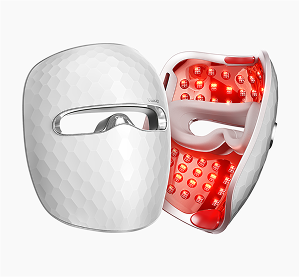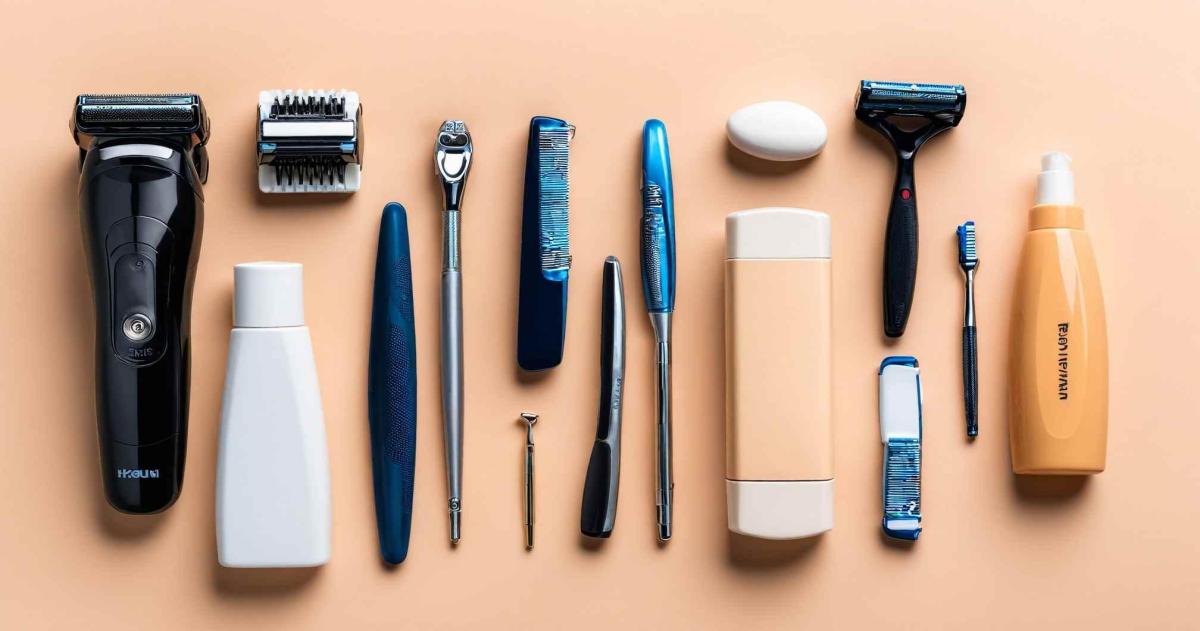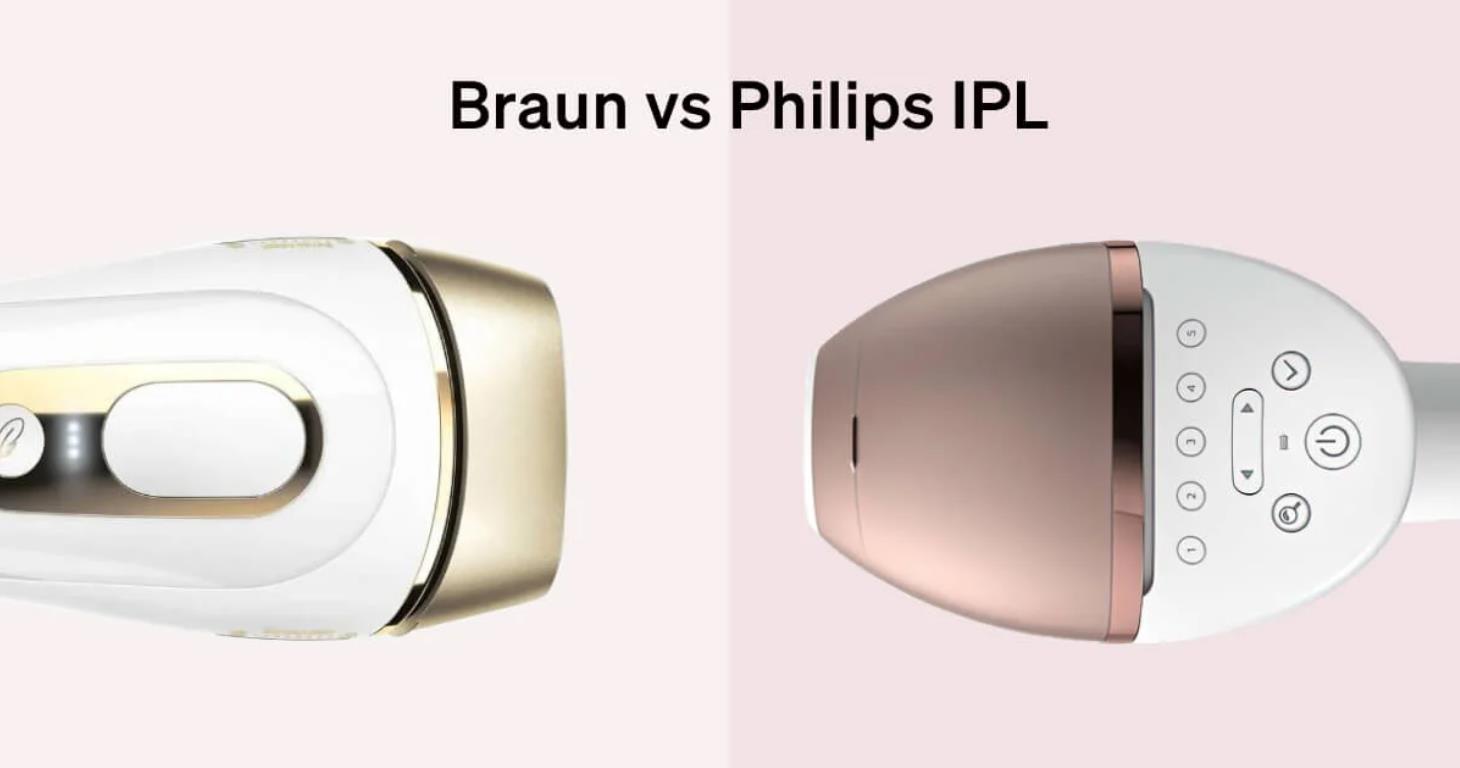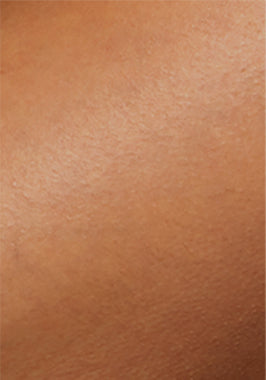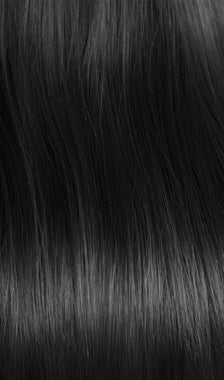As old as the myth of shaving goes “shaving will make your hair grow thicker”, there’s actually not a lot of evidence to back this claim up. On the contrary, the myth has been debunked time and time again and many clinical studies have been released since then. So why is it that somehow this claim always makes its way back to the contemporary myth land, where people still wonder “Does shaving increase hair growth?". So what’s the story behind it? Why are people so adamant about believing that hair in fact grows thicker after shaving?
Table of Contents:- Part 1: The Origin of the Myth
- Part 2: The Science Behind Shaving and Hair Growth
- Part 3: How Can I Reduce Hair Growth?
Part 1: The Origin of the Myth
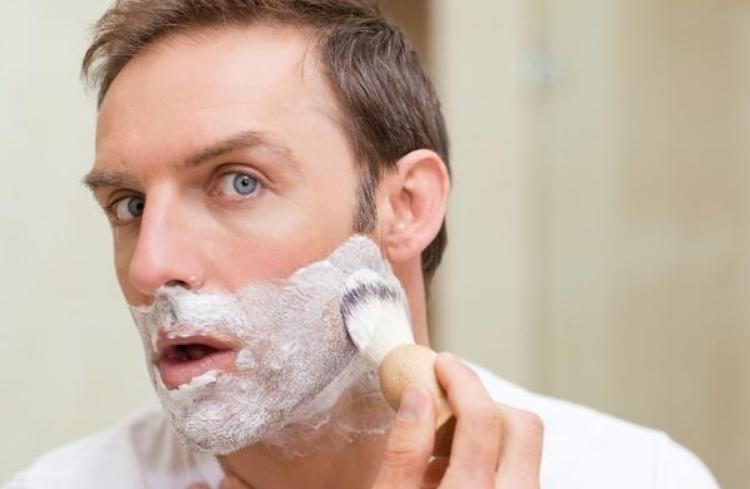
Shaving has long existed as one of the most common and effective ways for hair removal, regardless of what gender you belong to. As far as the tales of shaving go, the myth that hair grows thicker every time you shave is just as old, and for some reason, the myth has found its way into the minds of the people, even today. There’s no clear documentation stating how far ago did the myth begin to become popular however, the reasons why the myth is still so popular today are quite interesting.
The way shaving works is by cutting off the shaft of the hair from the surface. Now for you to understand why the myth became so popular you must first understand the anatomy behind the hair. Each hair already has a predetermined destiny where the thickness, colour, and growth rate of the hair are already decided by your genes, it's like they are programmed.
The hair at its full length is generally thicker near the root and it gets thinner and thinner the further away it is from the surface or the root of the hair. When you shave the hair, you shave it of off the surface where the thicker end of the hair is, leaving the follicle untouched.
It is likely that the myth especially became more popular due to the fact that as you shave it leaves off this stubbly, blunt feeling and appearance of the hair, where it appears darker and much coarser. With the thin end of the hair gone, it made sense for people to believe that shaving makes the hair grow thicker and with word of mouth being a strong suit of communication, people today are still fairly adamant over this claim, staying clear from shaving, in hopes that their hair would thicken.
Part 2: The Science Behind Shaving and Hair Growth
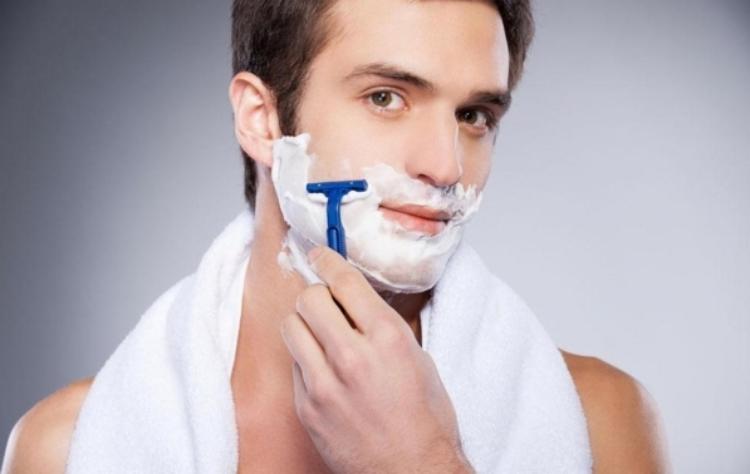
Debunking the Myth
The belief that shaving causes hair to grow back thicker or faster is simply a misconception that has taken its time being unlearned by many. And much to many people’s surprise, this myth was debunked nearly 100 years ago. Yet many of the media sources still reinforce this claim.
Many clinical trials were held as long ago as 1928, which revealed that hair does not grow thicker when you shave it, neither does it affect the thickness of the hair nor its growth rate.
And as for the question “Does shaving stimulate hair growth?”. When you shave off a hair you are shaving the dead part of it which is above the skin surface, not the one underneath it, and thus it is unlikely that your hair would grow thicker because of shaving.
Why Hair Appears Thicker After Shaving
One of the main reasons for the popularity of the myth is rooted in the fact that shaved hair often lacks the finer taper that is usually seen at the end of the uncut hair. The uncut hair doesn't feel coarse either. At times when exposed to the sun the hair exposed becomes relatively lighter in colour as well. So when you shave that hair, the blunt and coarser end of the hair appears, which may also give it the appearance of being thicker than it really is.
In truth, the hair is never of the same thickness level and when you shave, you shave off the thin part leaving the thick part behind. And when your hair regrows it will taper towards a finer end of the scale again, and you will notice that the stubbly effect slowly disappears as if you didn’t cut the hair in the first place.
Part 3: How Can I Reduce Hair Growth?
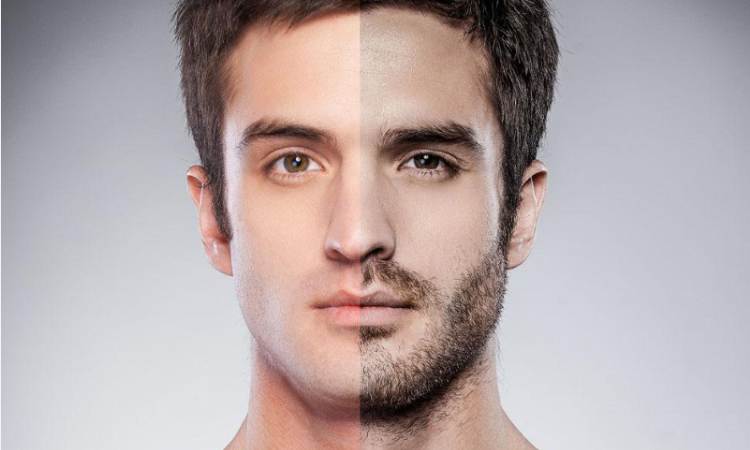
Shaving is one of those methods with unmatched effectiveness, ease, and surprising efficiency too (sometimes to an extent). But it can often come with the price of immense discomfort especially when you end up dealing with frequent touch-ups, and irritation and the root of the problem is often the stubble that’s been left behind.
When you shave the hair and the thicker end of the hair is left behind, it may cause you immense discomfort, especially in areas where hair is usually denser and is located in sensitive parts of your body. Shaving wouldn’t help you with reducing your hair over time either.
However, what would help you is an IPL device. Preferably Ulike IPL. It works by targeting the hair follicle with laser and burning the root so when the hair grows back, it grows back much weaker and in some cases doesn't grow back at all. It is a fairly effective treatment that you can do in the comfort of your home.
Ulike Air 10 for instance, it offers advanced IPL technology that not only assures you a smooth finish but a comforting IPL experience where you will barely feel anything thanks to its sapphire cooling technology. Ulike IPL, devices are one that's ahead of its time, so you can be sure about both its innovative technology and long-term effectiveness in reducing hair growth.
Conclusion
Now since the myth has long been debunked and your query for “Does shaving increase hair growth?” is settled, it is understandable why you would find it so hard to let go of the myth. The stubble is not your entire hair and when it grows back it will grow back how it was initially with a more tapered end. Not to mention the extreme discomfort by the blunt end of the hair after it has been shaved off.
A good hair removal method which spares you from this discomfort is what you need in life, and IPL may as well help you reduce the hair growth that you strive for. However, if you notice abnormally excessive hair growth it is best you consult a professional in this regard. Women who start noticing male pattern hair growth often have higher levels of testosterone which they must check and control.




